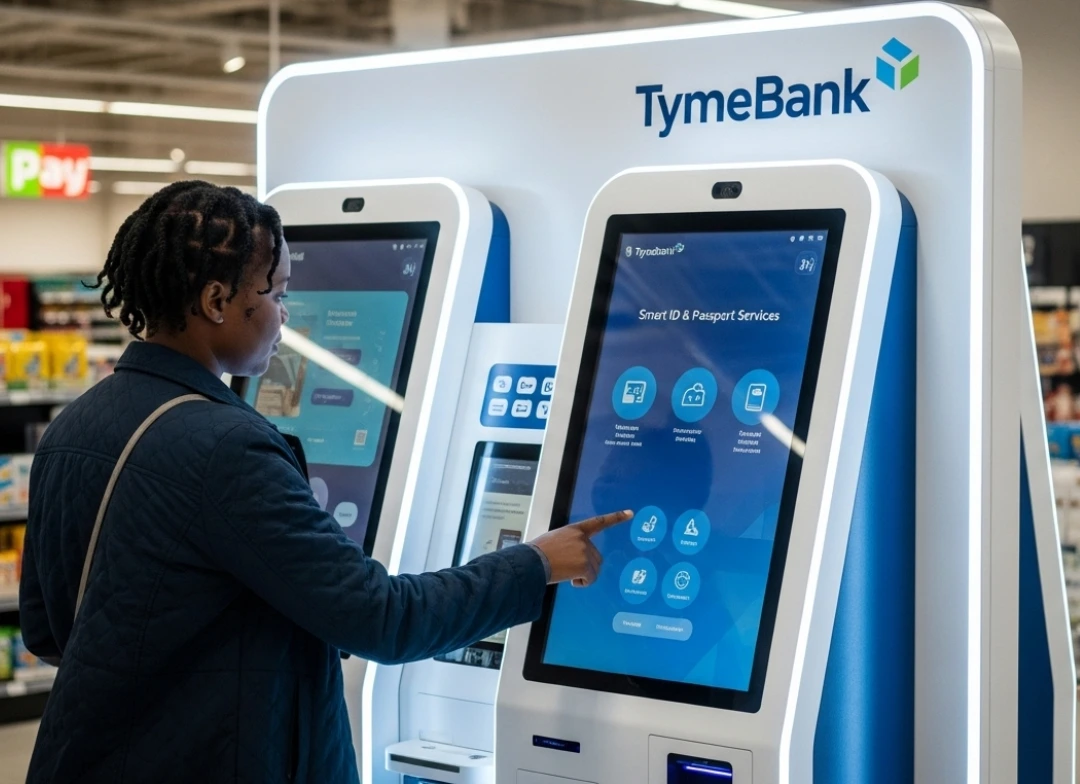What the SARS glitch reveals about South Africa’s digital innovation and its implications
- Top Stories
crispng
- July 7, 2025
- 1289

South Africa President Cyril Ramaphosa
The crash of SARS’s eFiling system on the very first day of South Africa’s 2025 tax season offers more than just a technical footnote—it reveals a deeper systemic issue at the heart of public sector innovation.
While SARS has been hailed for leading the way in digital transformation in government, especially through its automation of tax processes, the sudden failure of its platforms under pressure underscores a sobering reality: digital innovation without robust infrastructure, user-centered design, and accountability is unsustainable—and potentially damaging.
Ambitious Innovation Meets Systemic Fragility
SARS’s ambition to digitise and automate tax filing processes is admirable. Over the past few years, the agency has introduced features like auto-assessment, third-party data integration, and the MobiApp to reduce the administrative burden on taxpayers. However, ambition must be grounded in technical realism.
What happened on Tax Day was a failure of digital capacity planning. The rollout of auto-assessments to a wider user base meant more people than ever were accessing the system simultaneously. Yet, SARS’s backend infrastructure failed to accommodate this predictable surge. This wasn’t a random cyber event—it was a foreseeable stress test that the system should have passed.
This points to an often-ignored flaw in digital transitions within public institutions: the belief that introducing new features is enough. True digital innovation isn’t just about deploying tools. It’s about ensuring those tools work reliably under peak demand, accommodate diverse user needs, and are backed by adequate funding, testing, and human support systems.
Public Trust in Digital Systems is Fragile
Digital trust is built slowly but can unravel quickly. SARS has invested years in educating the public to embrace online filing, making tax compliance easier and more accessible. For many, especially salaried workers and young professionals, eFiling has become the default.
But the system’s crash on the one day when trust and performance mattered most dealt a psychological blow to user confidence. This could have ripple effects—not just in delays, but in growing scepticism about other SARS digital services or broader government platforms. People may begin to question whether government systems can really be relied upon when it counts.
In societies like South Africa, where digital literacy and access remain uneven, such breakdowns risk widening the digital divide. Vulnerable groups—elderly taxpayers, rural users, or those with limited tech access—are left confused, stranded, and discouraged from participating in what is supposed to be a more inclusive digital economy.
Innovation Without Failsafes is Risky Governance
One of the most glaring revelations from the crash is the lack of failsafe mechanisms. A resilient digital system should anticipate failure points. There should be alternatives—like staggered filing rollouts, regional server distribution, or backup mirror sites to redistribute load. SARS’s failure to provide timely communication or a structured plan B exposed a significant gap in disaster planning and digital governance.
Had the outage lasted longer, the implications could have been severe. Delayed filings, missed refunds, or even non-compliance penalties could have created public outrage and legal complications. SARS was fortunate the disruption was short-lived, but that good fortune cannot be a substitute for solid systems planning.
This isn’t just about tech—it’s about institutional credibility. In the digital age, government reliability is increasingly judged by how well its systems work—not its promises.
Broader Lessons for Public Sector Digitisation in South Africa
The glitch has implications far beyond SARS. As other government departments—such as Home Affairs, Health, and SASSA—continue to digitise their services, the SARS failure is a cautionary tale. It illustrates that digital transformation is not a destination but a discipline. It requires continuous investment, system hardening, user testing, and robust public communication.
It also raises important questions:
-
Are government departments being given enough funding and technical expertise to manage large-scale digital transitions?
-
Are rollouts being tested under real-world conditions, not just in controlled environments?
-
Are users being supported through multi-channel access, especially those without smartphones or data?
These questions must be answered if South Africa is to build a reliable, inclusive, and resilient digital public infrastructure.
READ ALSO
SARS apologises for major glitches on tax day: What went wrong & what it means for taxpayers
Categories of taxpayers excluded from SARS auto-assessment 2025 — and why
SARS 2025 auto-assessment: Step-by-step guide to navigate the process
SARS 2025 auto-assessment: Step-by-step guide to navigate the process
SARS introduces new changes ahead of 2025 tax season… all you should know
A Wake-Up Call for Human-Centred Design
At the core of this disruption is the need for human-centred digital design. Technology should work for people, not frustrate them. That means simplifying platforms, anticipating common user errors, communicating disruptions in real time, and designing with empathy for people who are not tech-savvy.
Digital innovation should also not replace human support—it should enhance it. Taxpayers need real-time help, clear instructions during outages, and assurances that they won’t be penalised for problems outside their control. Without this safety net, digital progress can quickly become digital punishment.
Innovation Must Be Rooted in Readiness
The SARS Tax Day crash in 2025 should not be seen as an isolated glitch—it is a red flag for the entire digital governance architecture of the country. SARS has made commendable strides in modernising tax processes, but progress must be matched with preparation, resilience, and a commitment to learning from failure.
Digital tools are only as good as their weakest link. And when that weak link is exposed in full public view, the consequences go beyond system errors—they strike at the heart of citizen trust in government’s ability to serve. Going forward, innovation must be bold—but also tested, trusted, and ready.


